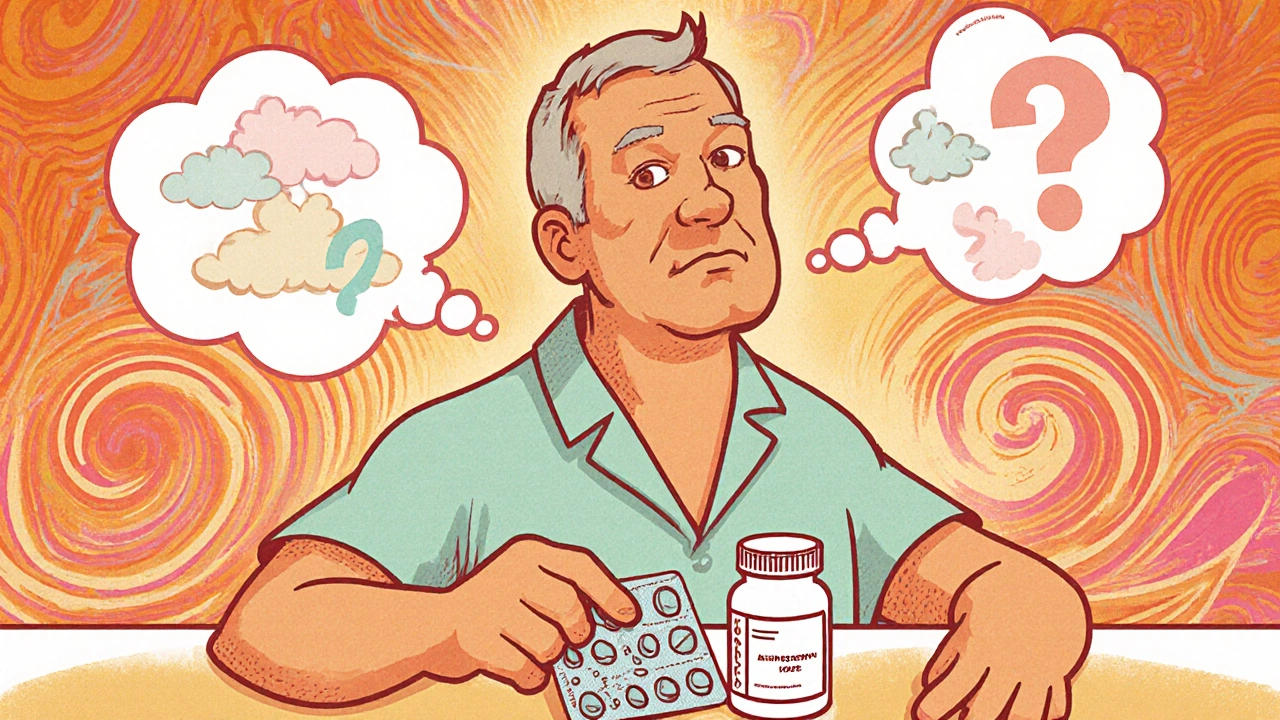
Mirabegron Mental Health Risk Assessment
Personal Risk Factors
Based on the latest research, certain factors may increase the likelihood of mood changes while taking mirabegron. Answer the questions below to get your personalized risk assessment.
When you pick up a prescription for an overactive bladder pill, the last thing on your mind is whether it could affect your mood. Yet a growing number of patients and clinicians are asking the same question: does mirabegron have a hidden link to depression, anxiety, or other mental‑health concerns? This article unpacks the drug’s mechanism, reviews the clinical data, and gives you clear pointers on what to watch for.
What Is Mirabegron?
Mirabegron is a prescription medication approved by the FDA in 2012 for the treatment of overactive bladder (OAB). It belongs to the class of beta‑3 adrenergic agonists, a newer alternative to traditional anticholinergic drugs. The brand name Myrbetriq is the most widely used, but generic versions are now available in many markets, including the UK.
How Mirabegron Works
Unlike anticholinergics that block muscarinic receptors, mirabegron activates beta‑3 receptors on the detrusor muscle of the bladder. This activation relaxes the muscle during the storage phase, allowing the bladder to hold more urine without the urge to void. The drug’s pharmacokinetics are straightforward: it reaches peak plasma levels in about 3-5 hours, is metabolized primarily by CYP3A4, and has a half‑life of roughly 50 hours, which supports once‑daily dosing.
Reported Mental‑Health Side Effects
Every medication carries a side‑effect profile, and mirabegron is no exception. The most common adverse events listed in the prescribing information are hypertension, urinary retention, and nasopharyngitis. However, the label also includes “psychiatric disorders” under a catch‑all category for rare events. Patients have reported new‑onset depression, anxiety, and sleep disturbances during post‑marketing surveillance. While these reports are sparse, they raise the question of whether the drug’s central nervous system (CNS) activity is more than incidental.
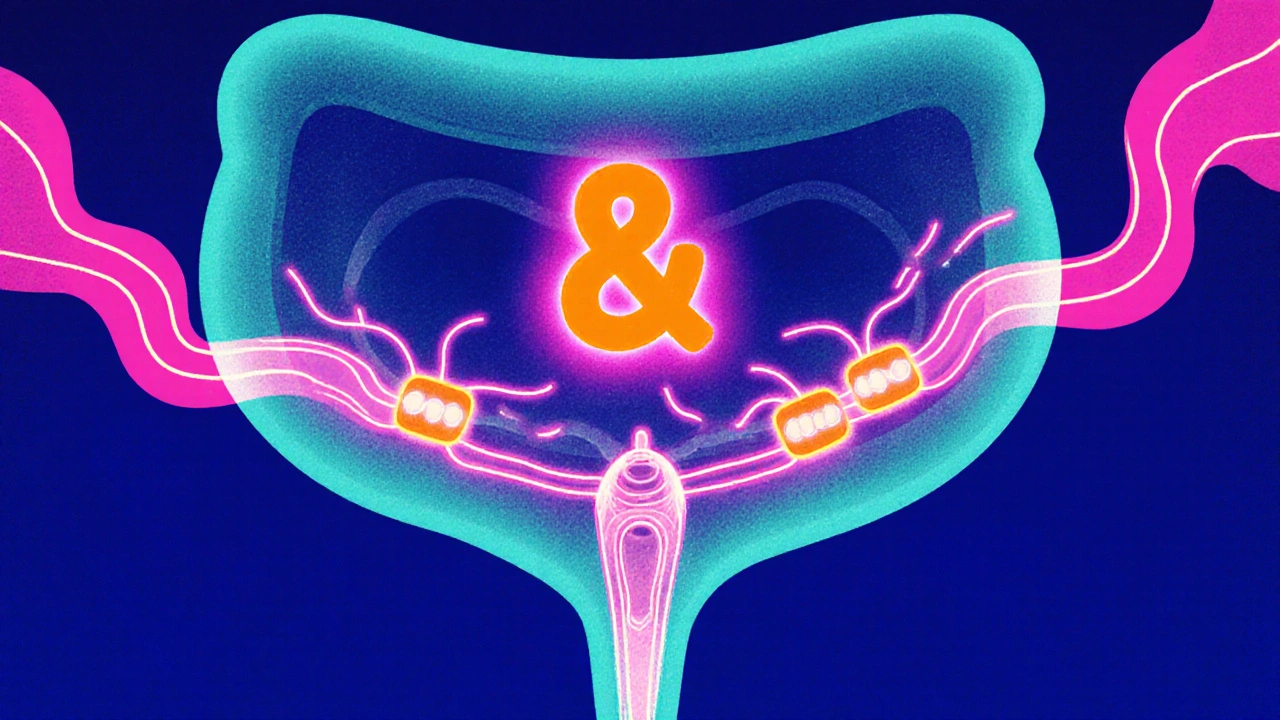
Evidence from Clinical Trials
Phase III trials-such as the SC2005, SC2006, and SC2007 studies-enrolled over 4,300 participants combined. Mental‑health outcomes were not primary endpoints, but investigators collected adverse‑event data using standard questionnaires. Here’s a snapshot:
| Study | Design | Sample Size | Mental‑Health Findings |
|---|---|---|---|
| SC2005 | Randomized, double‑blind, placebo‑controlled | 1,037 | Depression reported in 0.4% (mirabegron) vs 0.2% (placebo) |
| SC2006 | Randomized, double‑blind, active‑comparator (tolterodine) | 1,208 | Anxiety events: 0.6% (mirabegron) vs 0.5% (tolterodine) |
| SC2007 | Open‑label extension (up to 12 months) | 2,155 | Serious psychiatric AEs: 0.2% (all causes) |
Overall, the incidence of depression or anxiety was low-well under 1%-and comparable to placebo or other OAB drugs. Statistically, the trials did not find a significant difference, but the absolute numbers serve as a baseline for clinicians.
Real‑World Observational Studies
Post‑marketing registries and electronic‑health‑record analyses give a broader view. A 2023 UK cohort study of 8,732 OAB patients compared mirabegron users to anticholinergic users over 24 months. Researchers found a modestly higher hazard ratio (HR 1.18, 95% CI 1.01-1.38) for newly diagnosed depressive episodes among mirabegron users. The authors noted that confounding factors-such as baseline anxiety, comorbid chronic pain, and polypharmacy-could influence the result.
A 2024 North American claims‑data analysis looked at 12,050 patients. It reported no statistically significant increase in suicide ideation or attempts (HR 0.96, 95% CI 0.81-1.14). The authors concluded that, while isolated cases exist, the overall psychiatric risk appears minimal.
These real‑world studies suggest a possible signal but stop short of proving causation. They do, however, highlight the importance of vigilant monitoring, especially in patients with prior mental‑health diagnoses.
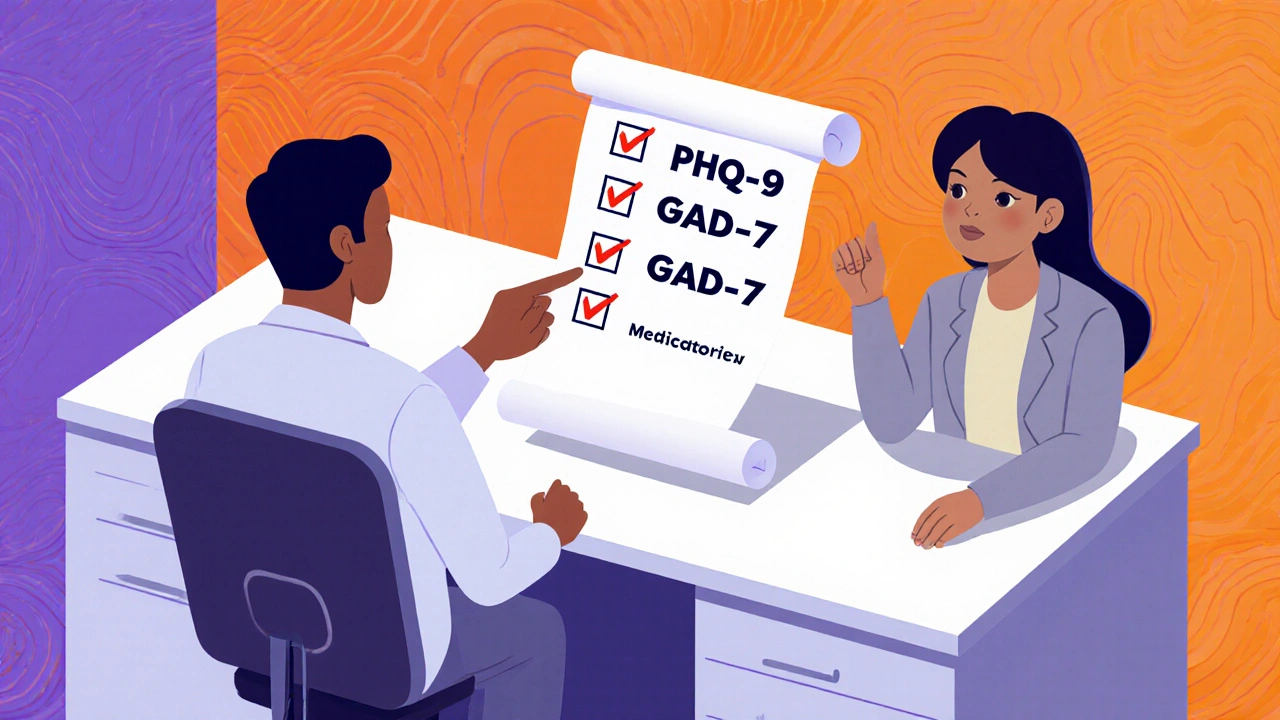
Practical Guidance for Patients and Clinicians
Given the mixed evidence, here’s a pragmatic checklist you can use in everyday practice:
- Baseline screening: Before starting mirabegron, ask about any history of depression, anxiety, or sleep disorders. A quick PHQ‑9 or GAD‑7 questionnaire takes less than five minutes.
- Medication review: Consider the patient’s overall drug load. Beta‑3 agonists have fewer anticholinergic side effects, which can actually improve cognition in older adults.
- Set expectations: Explain that mood changes are rare but possible. Emphasize that any new or worsening symptoms should be reported immediately.
- Follow‑up timing: Schedule a check‑in 4-6 weeks after initiation. This window aligns with the drug’s steady‑state concentration and gives time for any subtle CNS effects to emerge.
- Alternative pathways: If a patient develops depressive symptoms, evaluate dosage (mirabegron is typically 25 mg daily, titratable to 50 mg). Reducing the dose or switching to an anticholinergic with a benign psychiatric profile may help.
- Collaborate with mental‑health professionals: For patients with prior mood disorders, a joint management plan with a psychiatrist or GP can ensure rapid intervention if needed.
It’s also worth noting that some patients experience an improvement in quality of life after bladder symptoms are controlled, which can indirectly boost mood. The net effect is therefore highly individual.
Frequently Asked Questions
Can mirabegron cause depression?
Depression has been reported in less than 1% of trial participants and appears slightly more common in some observational studies. The overall risk is low, but patients with a history of mood disorders should be monitored closely.
Is mirabegron safe for people with anxiety?
Clinical data do not show a strong link between mirabegron and new‑onset anxiety. However, isolated cases exist, so clinicians should screen for anxiety symptoms before and after treatment.
How does mirabegron differ from anticholinergics regarding mental health?
Anticholinergics can cause cognitive blunting and dry‑mouth side effects, which may worsen mood in older adults. Mirabegron avoids these anticholinergic effects, making it a preferred choice for patients where cognition is a concern.
Should I stop mirabegron if I feel down?
Do not stop abruptly without consulting your prescriber. A brief pause, dose adjustment, or switch to another OAB therapy may be recommended after evaluating the full clinical picture.
Are there any drug interactions that increase psychiatric risk?
Mirabegron is metabolized by CYP3A4. Strong inhibitors (e.g., ketoconazole) raise its plasma levels, potentially amplifying any side effects, including rare psychiatric ones. Always review concomitant medications.
Bottom line: mirabegron is a well‑tolerated option for overactive bladder, and serious mental‑health side effects are uncommon. By screening, educating, and following up, clinicians can keep the benefits while minimizing any mood‑related surprises.
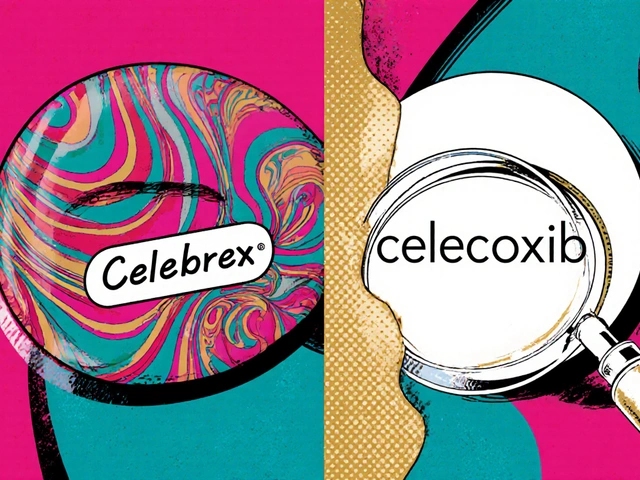


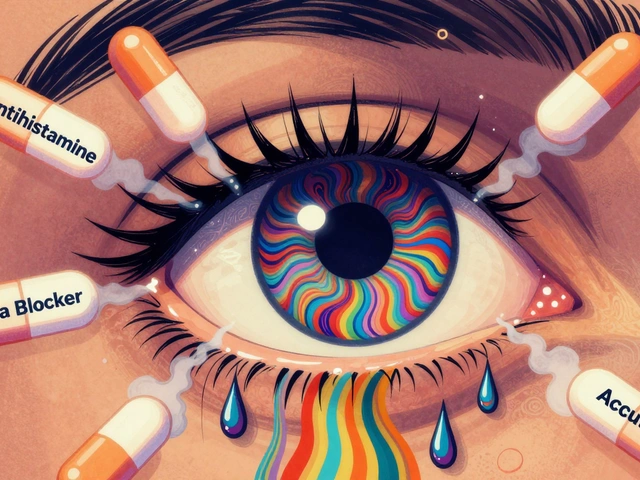
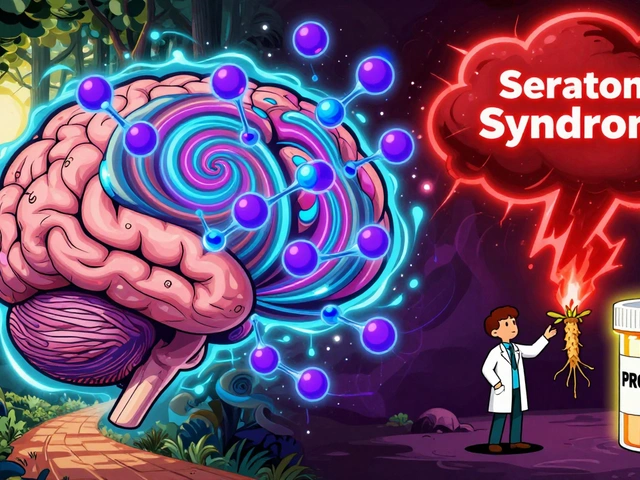
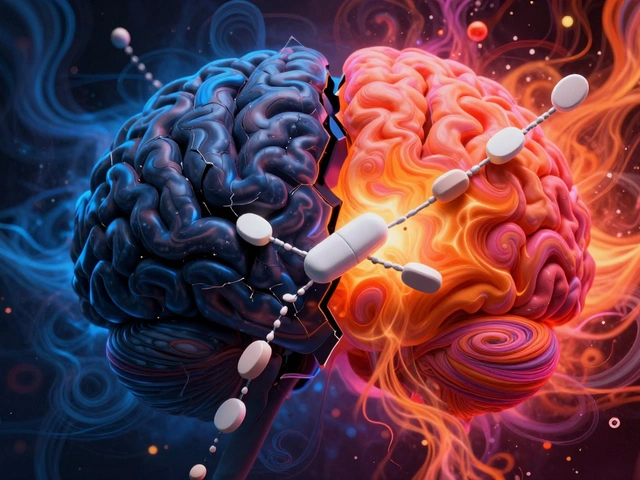
Madhav Dasari
October 19, 2025 AT 14:17Hey folks, imagine waking up feeling lighter because your bladder isn’t plotting rebellions, but then noticing that the clouds over your mood start gathering. It’s not magic, it’s the beta‑3 pathway nudging the nervous system in subtle ways you wouldn’t expect. Start with a quick PHQ‑9 before the first dose, then check back after a month – that’s the golden window when the drug settles in. If anything feels off, cue the doc right away, don’t wait for the gloom to solidify. Remember, catching a mood dip early can keep you sailing smooth on the overactive bladder journey.
DHARMENDER BHATHAVAR
October 23, 2025 AT 01:37The baseline PHQ‑9 screening is essential before initiating mirabegron therapy.
Kevin Sheehan
October 26, 2025 AT 11:57One must weigh the existential cost of a tranquil bladder against the potential erosion of mental equilibrium. Mirabegron’s pharmacology may whisper into the CNS, but data show the signal is faint, not a roaring indictment. Yet dismissing every anecdote as mere placebo ignores the lived experience of patients wrestling with mood shadows. In practice, a balanced vigilance, not paranoia, safeguards both physiological and psychological health.
Jameson The Owl
October 29, 2025 AT 23:17The regulatory agencies claim that mirabegron has been thoroughly vetted for safety. Yet the data sets used in those evaluations are often curated by the very manufacturers that stand to profit. Independent epidemiological surveys have repeatedly shown that adverse psychiatric events are under‑reported in industry sponsored trials. A hidden correlation between beta‑3 agonists and subtle neurochemical shifts can only be detected with long‑term cohort monitoring. The majority of post‑marketing surveillance relies on voluntary reporting which creates a massive detection bias. When a drug is marketed aggressively, physicians may overlook early mood changes in patients eager for symptom relief. Moreover, the CYP3A4 metabolic pathway intersects with many antidepressant medications making drug interactions plausible. Some whistleblowers have pointed out that internal memos from the manufacturer warned of mood disturbances long before public disclosure. These memos were allegedly suppressed to protect the market launch schedule. The financial incentives for a blockbuster OAB therapy are enormous given the aging population. Insurance reimbursements favor oral agents that reduce hospital visits, further encouraging widespread adoption. In parallel, the pharmaceutical lobby exerts pressure on guideline committees to downplay psychiatric side effects. As a result, clinicians receive a skewed risk assessment that underestimates the true incidence of depression and anxiety. Patients with pre‑existing mental‑health conditions are especially vulnerable to any additional pharmacologic stressors. Therefore a prudent approach demands routine mood screening and transparent data sharing beyond the label.
Sunil Yathakula
November 2, 2025 AT 10:37Totally get you man, i’ve seen buddies who felt low after starting the med and they swear it’s the pill not life stress. A quick chat with the doctor and maybe a dose tweak can totally flip the script. don’t ignore those early vibes – they’re the real MVPs in staying ahead of the game.
Caroline Keller
November 5, 2025 AT 21:57It’s tragic how easily we let a simple prescription become a catalyst for emotional turmoil, yet we remain complacent as if the suffering is inevitable. The moral imperative is clear: we must demand transparency and proactive monitoring before any “miracle” drug is whispered into our lives.
dennis turcios
November 9, 2025 AT 09:17While the philosophical musings are interesting, the real world data suggest that the incidence of psychiatric adverse events is statistically negligible. Over‑emphasizing rare mood changes can cause unnecessary alarm and deter patients who genuinely need OAB relief. A pragmatic approach focuses on evidence‑based risk rather than speculative dread.
Catherine Viola
November 12, 2025 AT 20:37Your extensive exposition raises valid concerns; however, it neglects the rigorous post‑marketing pharmacovigilance protocols mandated by the FDA, which have not flagged a significant safety signal. It would be prudent to reference the specific surveillance datasets rather than relying on anecdotal whistleblower claims.
sravya rudraraju
November 16, 2025 AT 07:57In clinical practice the integration of mood assessment tools with bladder therapy protocols represents a forward‑thinking strategy that aligns with holistic patient care. The PHQ‑9 and GAD‑7 instruments are brief yet validated measures that can be administered during routine follow‑up visits without imposing substantial time burdens. By establishing a baseline prior to mirabegron initiation, clinicians create a comparative framework to detect any emergent depressive or anxiety symptoms. Should the scores incrementally rise, a dose adjustment or therapeutic substitution can be considered in conjunction with psychiatric consultation. Moreover, educating patients about the possibility, however minimal, of mood alterations empowers them to participate actively in their treatment journey. This shared decision‑making model not only mitigates the risk of unnoticed side effects but also enhances adherence to OAB management. It is essential to document these observations in the electronic health record to contribute to broader pharmacovigilance efforts. Ultimately, a balanced approach that neither exaggerates nor dismisses the psychiatric profile of mirabegron serves the best interests of the patient population.